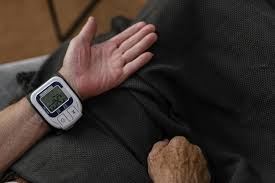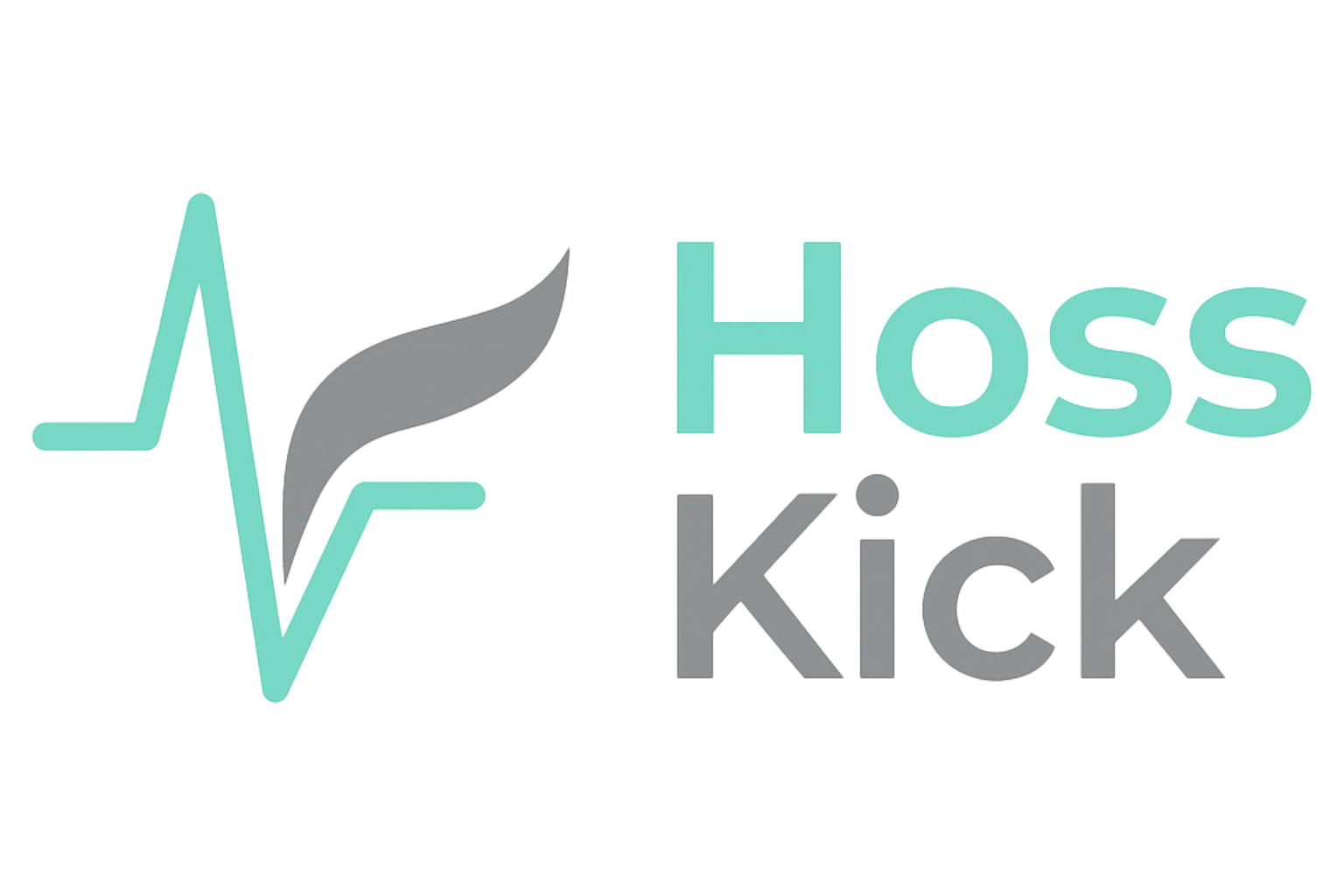Continuous Patient Care Beyond Office Visits
Hoss-Kick's Remote Patient Monitoring (RPM) provides real-time biometric tracking via six device types with continuous data capture and alerts. Proven to reduce hospitalizations and improve chronic disease management.
Six Device Types for Complete Care
All devices use SIM-card technology for consistent monitoring regardless of patient location
Blood Pressure Monitors
Continuous cardiovascular monitoring with automatic readings and trend analysis
Glucometers
Real-time blood glucose monitoring for diabetes management and medication adjustments
Weight Scales
Daily weight tracking for heart failure, kidney disease, and medication management
Heart/Oxygen Monitors
Continuous heart rate and oxygen saturation monitoring for cardiac and respiratory conditions
Spirometers
Lung function monitoring for respiratory conditions and medication effectiveness
Pulse Oximeters
Oxygen saturation and pulse rate monitoring for respiratory and cardiac patients
Proven Patient Outcomes
RPM services deliver measurable improvements in patient health and quality of life
Reduced Readmissions
Early intervention prevents hospital readmissions
Improved Adherence
Continuous monitoring improves medication compliance
Early Detection
Real-time alerts enable immediate response to health changes
Patient Engagement
Active monitoring increases patient involvement in care
RPM Features & Benefits
Our comprehensive RPM solution provides everything needed to successfully monitor patients remotely while improving health outcomes and quality of life.
Real-time Alerts & Analytics
Immediate notifications for critical values with trend analysis and reporting
Device Management & Compliance
Complete device lifecycle management with comprehensive health reporting
24/7 Clinical Monitoring
Round-the-clock monitoring by registered nurses with physician oversight
SIM-Card Technology
Cellular connectivity ensures monitoring works anywhere, regardless of WiFi

Transform Patient Care with RPM
Begin offering Remote Patient Monitoring to improve patient outcomes through continuous monitoring and proactive care coordination.
